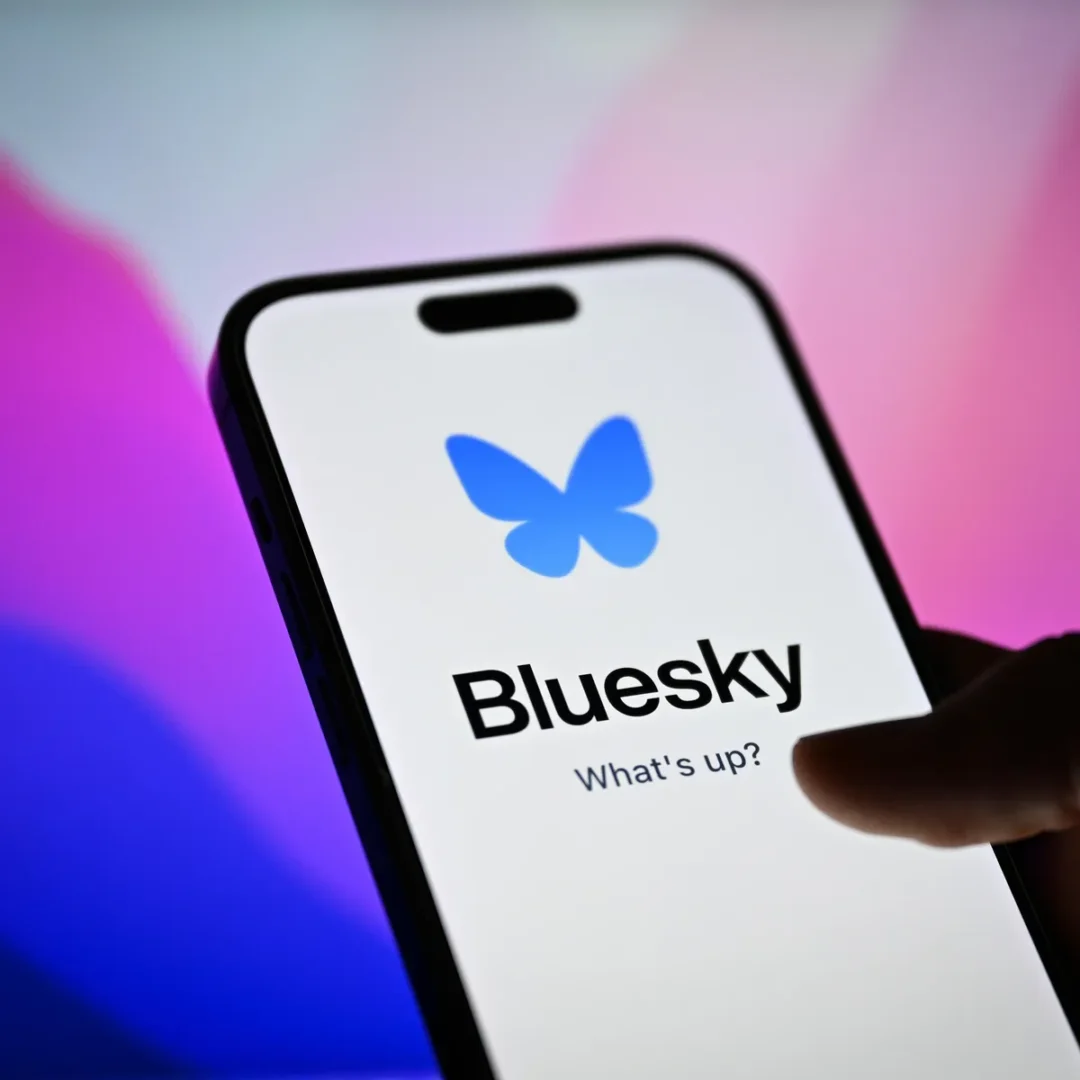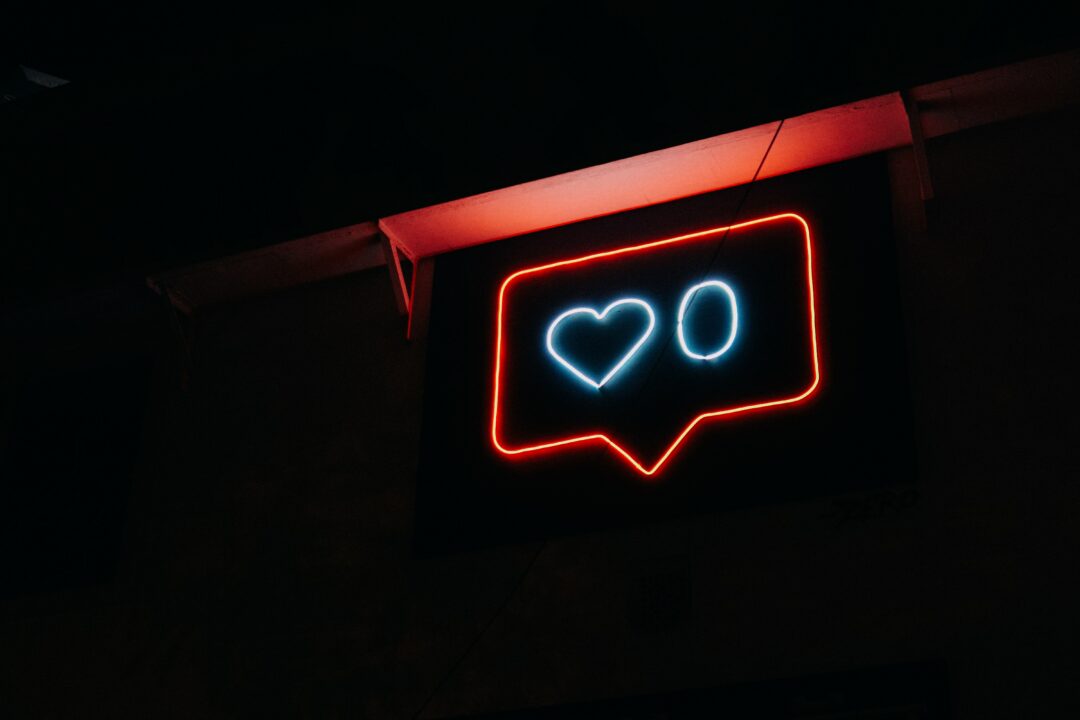Social media networks come and go at an astonishing rate, with the rise of BlueSky, many independent artists are asking themselves whether they should jump on board yet another platform. Some are tired of the continual wave of new digital spaces, while others feel obliged to embrace every opportunity to spread the word of their music.
To make the decision a little easier, this blog will cover why BlueSky was created, the advantages and disadvantages of joining as an independent musician, and how it throws another element into an already complex social media sphere. We’ll also explore the value of using posting tools, such as Metricool, to help manage these constant demands. If you’re weighing up whether BlueSky might be a valuable piece of your promotional puzzle, read on.
The Backstory of BlueSky
BlueSky is essentially a new project that emerged with a vision of offering decentralised social networking. It began with connections to Twitter—some of its founders were heavily involved in the early days of that platform—although it’s not simply a Twitter replacement. The developers behind BlueSky propose a platform free from some of the constraints that have bogged down more established networks. They aim to create a space where transparency, user control and community-driven content curation take centre stage.
For independent musicians, that could mean a space in which they may more easily manage their audience interactions. One big selling point is the promise of a protocol that will allow users to retain greater authority over how they build and display content.
In a world where so many social media giants are governed by algorithms, BlueSky’s attempt to shift the balance of power towards creators is noteworthy. Of course, as with any new social platform, it’s impossible to predict how it will develop over time. Early adopters could gain significant traction if the network takes off, but the outcome is never guaranteed.
The Advantages of Joining
- The Autonomy Appeal
BlueSky is marketed as a different approach to online interaction, which is tempting for many artists who have felt stifled by more traditional networks. The idea that you can enjoy more autonomy over how you share your content and how you grow your following has considerable appeal. Independent artists often feel overshadowed on massive, crowded platforms, where verified icons or big brands can hog much of the spotlight. BlueSky’s relatively small user base, in these early days, could be inviting to those who’d prefer to cultivate a more authentic, tight-knit community around their music.
- Early Adopter Advantage
Being an early adopter of any new network can carry a sense of novelty. If the platform manages to gain momentum, you might find yourself with a loyal following you’ve built from the ground up. Early adopters are often the ones who set the tone and shape a platform’s culture. If you can position yourself as a musician deeply attuned to BlueSky’s ethos, you may stand out more than you would on oversaturated platforms. This sense of early influence can prove valuable in forming close relationships with your audience and possibly opening doors to future opportunities—collaborations, live streams, or special sessions that capture your corner of the network’s attention.
- Sense of Community and Collaboration
One of BlueSky’s selling points is its emphasis on community. Decentralised principles suggest that top-down control will be less present than on mainstream platforms, which usually revolve around algorithms designed to push certain types of content to the top. BlueSky’s more open-ended environment means that communities could evolve in a more organic manner. For musicians, this is especially important. If you’re able to create meaningful connections with other artists, influencers or tastemakers (without dealing with hidden sorting systems), you might forge collaborative relationships more readily.
- Direct Access to Supporters
With so many distractions on larger social networks, many fans miss posts or updates from their favourite artists. BlueSky’s design aims to make it simpler for users to keep track of content from accounts they care about. If these principles hold true, you could reap the rewards of a more reliable reach. In practice, that means supporters are more likely to see and engage with your announcements, music videos or forthcoming tour dates. Greater transparency over the feed experience suggests fewer frustrations around unpredictable dips in your post’s visibility. That directness can build a stronger bond with your following.
The Disadvantages of Joining
- Another Platform to Manage
The obvious sticking point: do musicians really need another social network to maintain? Independent artists are already spread thin, juggling creation, live shows, merchandise, streaming promotions, YouTube content, and more. Adding yet another digital platform often translates to more time spent scheduling updates, responding to messages, and planning campaigns. If you don’t have a manager or a dedicated team, it can be daunting. There’s a genuine danger that your focus might end up fractured, making it difficult to do justice to each platform while still leaving time for writing new material or perfecting your live set.
- Uncertain Growth
Every new social media platform faces its fair share of hype, but not all of them find lasting traction. Consider the ephemeral nature of many apps that have soared into the public consciousness, only to fade away in the face of stiff competition. If BlueSky doesn’t attract enough mainstream attention or fails to achieve a critical mass of users, you might invest precious energy in a platform that doesn’t boost your music career. While there’s no harm in testing the waters, you could end up pouring valuable resources into a niche platform that never steps out of Twitter’s or Instagram’s shadow.
- Potential Monetisation Challenges
A platform’s monetisation options can play a big role in a musician’s decision to spend time there. Right now, BlueSky is in the early stages of rolling out its features. It might take a while before monetisation tools—such as integrated tipping, subscription-based models, or robust e-commerce support—arrive on the platform. If your main objective is to monetise your content and sustain your career financially, you might find more immediate results on established sites such as Bandcamp, Patreon, or direct music streaming services. That’s not to say BlueSky won’t evolve to support creators, but there’s a lot of guesswork involved in deciding whether the platform will provide stable avenues for income.
- Oversaturation Could Happen Eventually
Every new platform starts out with minimal content. That can be an advantage, but it won’t stay that way forever. The more popular BlueSky becomes, the likelier it is that bigger names and corporate entities will join in and attempt to shape the platform for their own objectives. Should that happen, early adopters might find themselves overshadowed, or forced to engage in the same kind of pay-to-play advertising that has become common on other platforms. While BlueSky emphasises decentralisation and transparency, there’s always the possibility that the reality of funding, server costs, or user demand will inevitably alter the platform’s original vision.
The Role of Social Media Posting Tools
If you do decide to invest in a presence on BlueSky—alongside your existing accounts on Twitter, Instagram, TikTok, or Facebook—one important aspect to consider is how to effectively manage your posts. Consistency and time management are two of the biggest challenges for any artist. It’s one thing to gain your following’s interest, but holding their attention with regular updates while still devoting enough energy to your music can be tricky.
That’s where social media posting tools come in. Metricool is a prime example of a scheduling and analytics platform that allows you to crosspost updates across multiple networks. Rather than logging into each platform individually, you can compose one main update and publish it automatically on a host of social channels. This can help ensure you maintain a cohesive presence, no matter how many platforms you choose to occupy.
Metricool goes beyond a simple posting schedule by providing thorough analytics that help you understand how your content is performing. You can track engagement rates, see which posts generate the most interest, and then adapt your strategy accordingly. This birds-eye view of your digital presence can save you from drowning in endless streams of data, especially if you’re juggling multiple networks. Tools like Metricool also simplify content repurposing, giving you an easy way to tailor one piece of content for different audiences or at different times.
One of the main ways that posting tools can lighten your burden is by allowing you to plan content in advance. If you have a new single on the way, you can schedule posts in the lead-up to its release to build anticipation. After the track is out, you can queue up more posts thanking fans for their support, inviting them to stream the song, or watch the video. If you’re playing live shows, you can create a regular series of date reminders without having to think about it daily. This approach frees you up to stay creative and focused on writing, rehearsing, or simply recharging.
Is BlueSky Right for You?
Deciding whether to join BlueSky, as an independent artist, depends largely on your personal approach to digital engagement. If you’re someone who thrives on new platforms, has a knack for community building, and likes being part of something experimental, it may be a good fit. The opportunity to position yourself as a core part of a budding network could give your music extra visibility, particularly if the platform resonates with your aesthetic or message.
On the other hand, if you already feel worn out from chasing the next big thing, you might do well to wait and see whether BlueSky gains real traction. If your existing platforms are serving your career goals effectively, it’s entirely valid to keep your focus there. You could always claim a username on BlueSky and perform a light test run to gauge your comfort with the platform. That way, if it does flourish, you’ll be poised to move in more fully without too much commitment in the meantime.
Whatever decision you make, be sure it’s one that aligns with both your musical ambitions and your mental well-being. The garnering social media hype can be exhilarating, but it’s also rife with pressures to be seen and heard constantly. Overcommitting to social media can sap your creativity. If you’re relying on a single network for all your exposure, you might miss out on the benefits of diversifying. On the other hand, juggling too many platforms often results in diluted efforts all around.
Article by Amelia Vandergast


